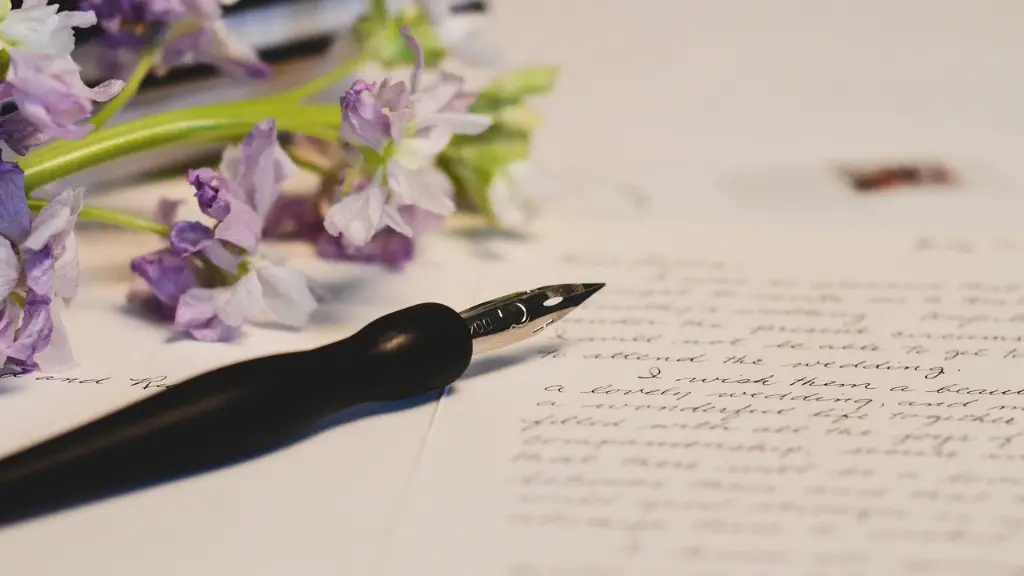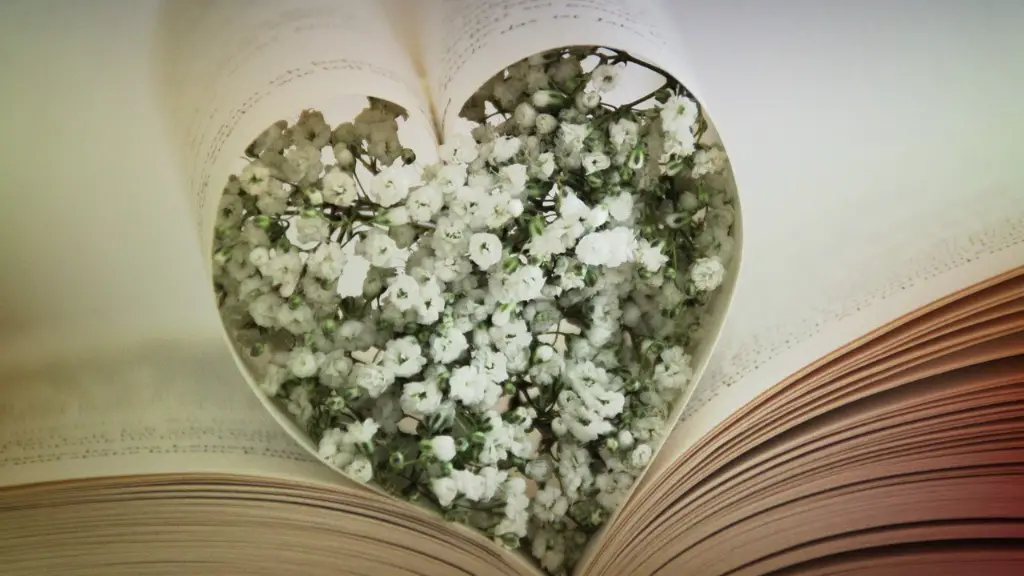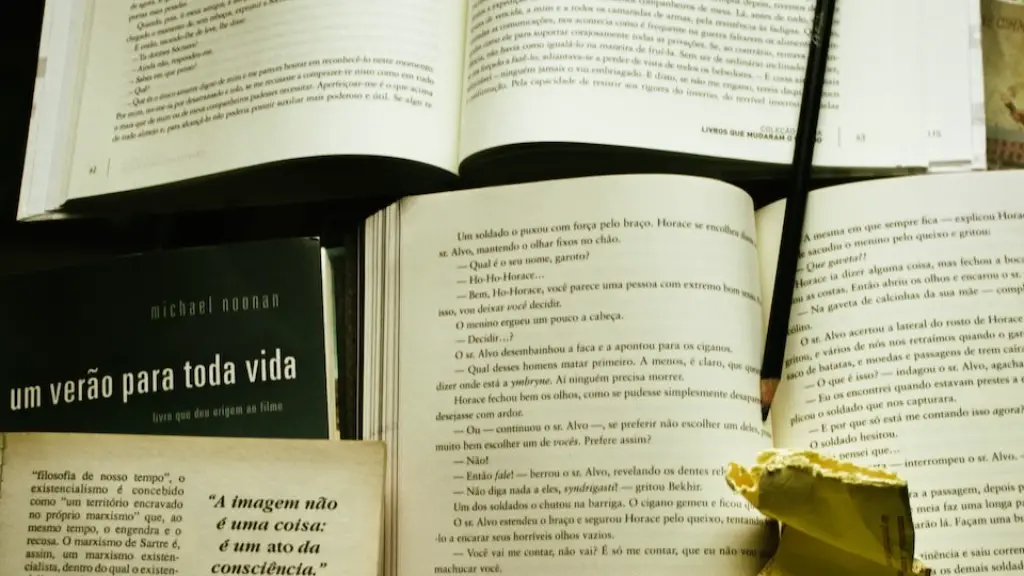Poetry has been around since ancient times, but its metrical pattern has been a source of deep fascination for many poets and readers throughout centuries. As the most classic form of literary composition, metrical pattern consists of rhythmical, stylized structure of syllables, meter and words that comprise the foot patterns. It shapes the sound, forming an intrinsic and important part of both writing and reading poetry.
From classical to contemporary, the art of metrical pattern rests in the ability to use poetic language in a manner which captures the attention of a reader while conveying the message embedded in the lines. To understand this pattern better, it is best to define its significant elements.
Rhythm-Stressing and Unstressing
The intensity of accentuation placed on a syllable is used to create a rhythmic pattern known as the metre. These accented syllables occur within a line, usually indicated by a certain number of beats comprised of short, long and double syllables. To create the stress, the poet often uses words that have more than one syllable where one of them is stressed.
In some types of metre, syllables that are unstressed – devoid of any particular emphasis – are also an essential part of the pattern. This is why they are used instead of just stressing every syllable. Alternating stressed and unstressed syllables results in a distinct rhythmical pattern which slows or accelerates depending on the type of emphasis being used.
Types of Emphasis
The type of emphasis used in a particular type of metre depends on whether the words are divided into individual syllables or suffer through blending. Stressing only one syllable of a blended word is referred to as anaphora which is quite frequent in English and most other languages.
The most popular form of metrical pattern is the iambic pentameter, followed by the trochaic metre. The iambic verse consists of alternating accented and unstressed syllables, while the trochaic metre alternates stressed syllables with other words which are unstressed. The difference between the two is thus quite clear: the iambic form moves softly like a gentle breeze, while the trochee produces a harsher sound of an acceleration.
Meter
The individual elements of metre come together to form the meter. One of the most used meters is the tetrameter – a line composed of four feet or ‘beats’. Within the line, the stresses create patterns known as trochee, iamb and spondee. A trochee has two syllables, the first being louder than the second. An iamb is made up of two syllables, with the first one softer and the second louder. Finally, a spondee is two syllables that have the same stress.
These types of meters give a feeling of unity and can be used to create a dynamic sound, shape and structure to enrich the reading experience. The meter is like the frame of the poem – it gives the poetry its rhythm, power and aesthetic pleasure. Through their stress and pattern, they provide a background and context, helping readers not only to enjoy but also to understand the meaning behind the words.
Visualizing the Pattern
In some cases, scansion – the process of visualizing the metrical pattern – is used to analyze the kind of accentuation and meter in a line. It involves adding marks above the syllable to indicate the length and strength of the stress. The upper mark distinguishes short and long syllables and the lower one shows the exact stress.
While it might sound complicated, it’s an excellent way to reveal the overall framework and syllabic structure of each line of the poem. Paying close attention to the pattern can give the reader a better understanding of the poem as a whole. It highlights the musicality of the text and helps to appreciate its structure.
Role Of Poetic Devices
In order to add context and texture to a poem, writers employ a range of poetic devices to create distinct metrical patterns. They often work with assonance, consonance, alliteration, rhyme and other techniques. In addition, they use various forms of stylistic devices such as enjambment, anaphora, parallelism, repetition and suspension.
These elements can be used to manipulate the language of the poem in an interesting manner, forming engaging metrical patterns. They add to the overall charm of the poem and evoke strong emotions in the reader. The beauty of such devices is that they not only enhance the aesthetic appeal of the poem, but also make a statement which can provide deep insight into the topic at hand.
Conclusion
Metrical pattern in poetry is a complex art form, which is difficult to learn and master. With careful attention and practice, however, it can help to add depth and craft to each poem, giving the reader a powerful, enriching experience. The patterns, beats and stresses of meter present an intricate opportunity for a poet to demonstrate their skill and creative design.



